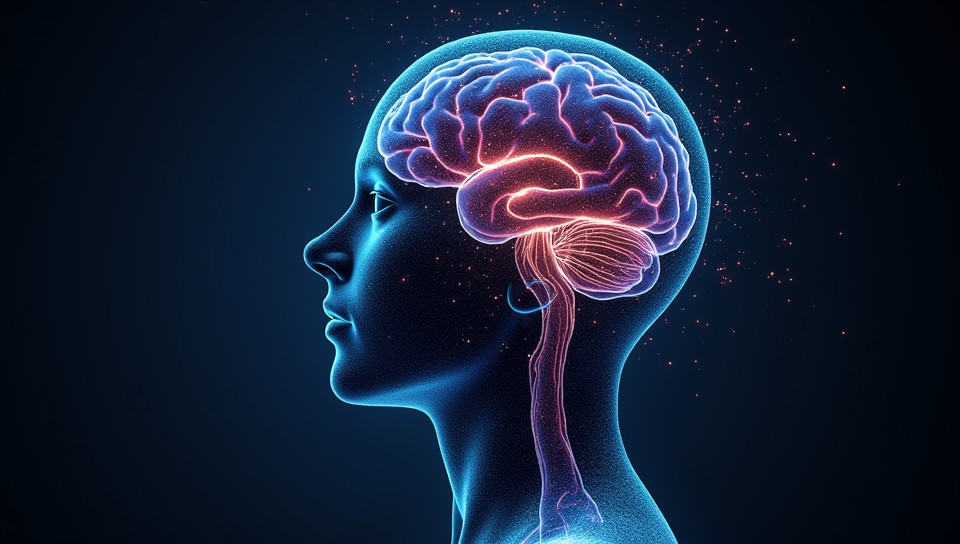The brain learns to control disease states through activity patterns 72%

The Mind's Power to Heal: How Brain Activity Patterns Can Control Disease States
Imagine being able to control your body's response to disease, to literally "turn off" chronic pain or inflammation at will. For years, scientists have been studying the intricate dance between brain activity and our bodily functions, and the results are nothing short of remarkable. In this article, we'll delve into the fascinating world of brain function and its potential to control disease states.
The Brain's Neuroplasticity
The human brain is an incredible organ, capable of reorganizing itself in response to new experiences, environments, and even diseases. This phenomenon, known as neuroplasticity, has been harnessed by researchers to develop innovative treatments for a range of conditions, from depression to Parkinson's disease.
The Role of Brain Activity Patterns
Recent studies have shown that specific patterns of brain activity can influence our bodily functions, effectively "tuning in" or "tuning out" certain responses. For example:
- Increased activity in the default mode network has been linked to improved emotional regulation
- Reduced activity in the amygdala has been associated with decreased anxiety levels
- Enhanced connectivity between different brain regions has been shown to improve cognitive function
The Science Behind Brain Activity and Disease Control
So, how does this work? Research suggests that the brain's neural networks play a crucial role in controlling disease states by modulating the body's physiological responses. For instance:
- Chronic pain can be alleviated through changes in brain activity patterns related to emotional regulation
- Inflammation can be reduced through specific patterns of brain activity associated with stress management
- Even the progression of neurodegenerative diseases like Alzheimer's and Parkinson's may be slowed or halted by targeted interventions in brain function
The Future of Brain-Based Therapies
As our understanding of brain activity patterns continues to grow, we're on the cusp of a revolution in disease control. By harnessing the power of neuroplasticity and targeting specific brain regions, researchers are developing innovative treatments that hold tremendous promise for patients worldwide.
In conclusion, the brain's ability to learn and adapt is an incredible gift, one that can be leveraged to control disease states through activity patterns. As we continue to unlock the secrets of brain function, we're poised to revolutionize the way we approach healthcare, empowering individuals to take charge of their own well-being and paving the way for a brighter, healthier future.
- Created by: Isaac Martínez
- Created at: Nov. 2, 2024, 4:21 p.m.
- ID: 15402




